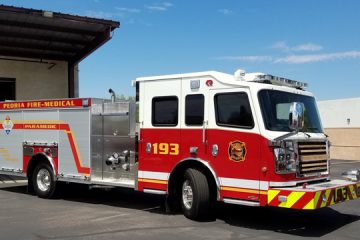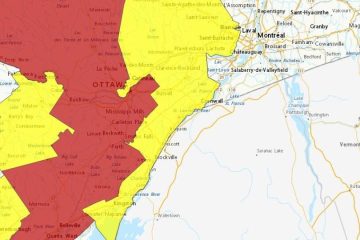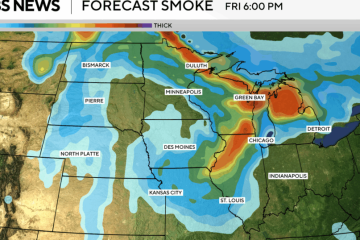The Impact of the Australian Bouncy Castle Accident

Introduction
Bouncy castles are a popular attraction at children’s parties and events across Australia. However, recent tragic accidents have raised concerns about their safety. The Australian bouncy castle accident that occurred in December 2021, which resulted in the untimely deaths of several children, has prompted a nationwide debate over safety measures and regulations regarding inflatable attractions.
Details of the Incident
The incident occurred when a bouncy castle was lifted into the air by strong winds during a school event in Devonport, Tasmania. The wind gusts reportedly reached up to 80 km/h, causing the inflatable structure to lose stability. Tragically, five children aged between 11 and 12 years lost their lives, and several others sustained critical injuries. This devastating event shocked the community and the nation at large, leading to immediate calls for enhanced safety protocols in the inflatable amusement industry.
Investigations and Safety Measures
In response to this accident, the Tasmanian government and local councils initiated thorough investigations, including reviewing safety standards and guidelines for the operation of bouncy castles. The investigation aims to determine whether the companies responsible for these attractions adhered to safety protocols, including appropriate weather assessments before operating the inflatable equipment.
Following the tragedy, new recommendations were made regarding supervision, installation practices, and weather advisories. It was advised that organizations and event organizers should perform regular safety checks and have protocols in place to swiftly respond to severe weather conditions.
Significance for the Future
The Australian bouncy castle accident has sparked a significant conversation around child safety and the standards that govern such recreational facilities. Lawmakers and industry experts are calling for national regulations rather than relying on patchwork local standards to ensure comprehensive safety across the country.
The hope is that these changes will prevent similar tragedies in the future while promoting a safer environment for children. As more families choose to host events featuring inflatable attractions, it is crucial that both operators and parents remain aware of safety guidelines to protect the most vulnerable.
Conclusion
This accident serves as a grim reminder of the potential dangers linked with inflatable attractions. Enhanced regulations and safety measures can significantly reduce risks associated with bouncy castles. Ongoing dialogue and proactive approaches in the industry are essential to safeguard children’s enjoyment without compromising their well-being.









